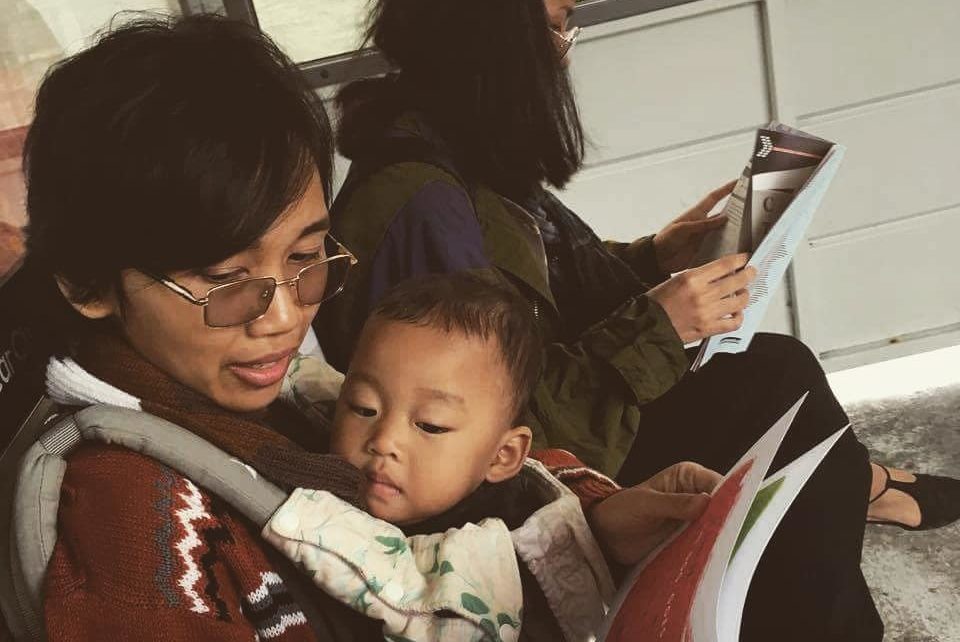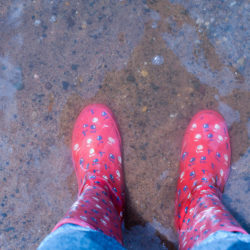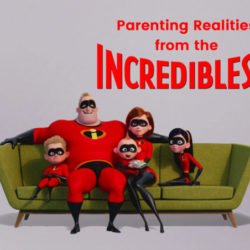Going out of town with babies and very young children might seem a gargantuan task, but with intentional preparation, you can go anywhere you need or want to be. That said, traveling with babies can be an overwhelming experience, whether for work or leisure. Aside from the essential steps you need to take before traveling, such as getting a clearance from your pediatrician and researching on the weather, transportation system, possible illnesses your child might be at risk getting from the travel, and child-friendly tourist spots, here are some proven tips to make that trip a reality:
1. Do it every day! If you stay indoors almost every day then one day find yourself needing to go on a 24-hour trip, you and your children might find it daunting. Take baby steps. Go around the neighborhood, bringing baby with you in different ways: carried in your arms, using a safety-tested baby carrier, in a pram. If your baby can walk, let him walk with you.
Once you are accustomed to the idea of moving places, take all possible safe modes of transportation to do errands. In many cases, you might have no option but to take public transportation in the place you are traveling to, so might as well start in your comfort zone.
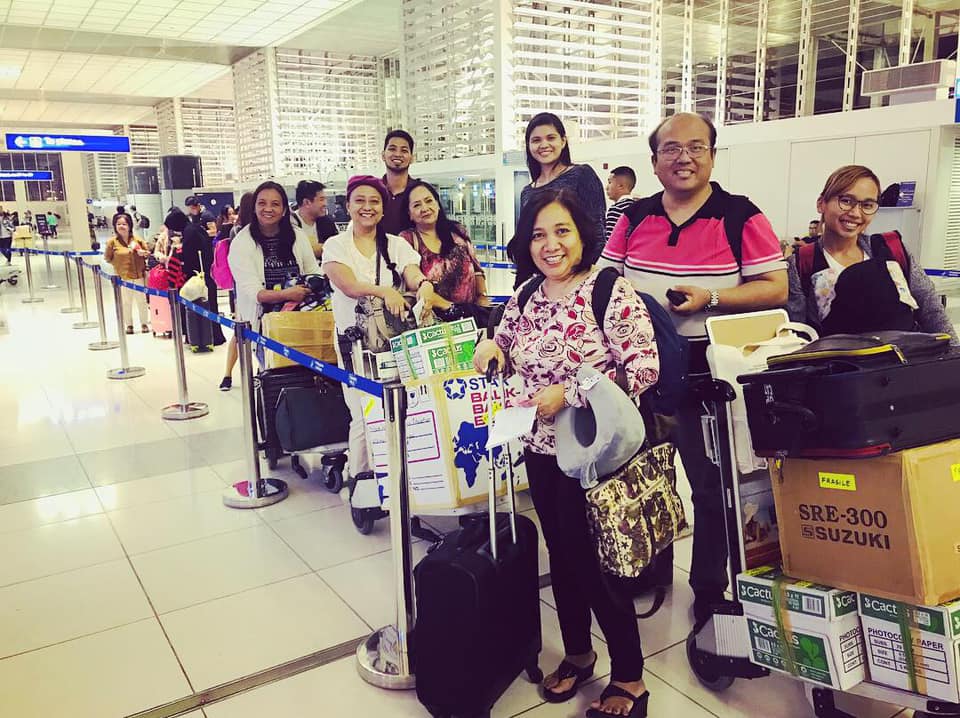
(NAIA, photo courtesy of Philippine Society for Music Education)
2. Be girl scout-ready to feed. If your baby is six months old or younger, make sure that you are able to provide milk at all times. Most airlines allow hand-carried baggage for babies, so be sure to bring your milk paraphernalia (pump, pumped breast milk, bottles, water, formula milk) for babies so make sure to carry them with you. If your baby is formula-fed, bring extra formula and water in case of schedule delays, as your preferred brand might not be available in the place you are going to. Also, make sure you have the means to clean your bottles and nipples, whether through old-school boiling water washing and rinsing or UV sterilization.
If you breastfeed your baby, avoid eating food that triggers allergic reactions in your baby (check out the symptoms here). Wear comfortable clothes (nursing wear not required but it will be much easier!) so that you can breastfeed anywhere and anytime.
Most babies are already eating solid food by the time they reach six months of age. If you can, please wait until your child has already eaten at least two kinds of food before traveling to a far place. It would be best to feed your baby fresh fruit, but be sure you are the one handling the fruit! This way, you are minimizing the chances of contamination, which can result in an upset stomach.
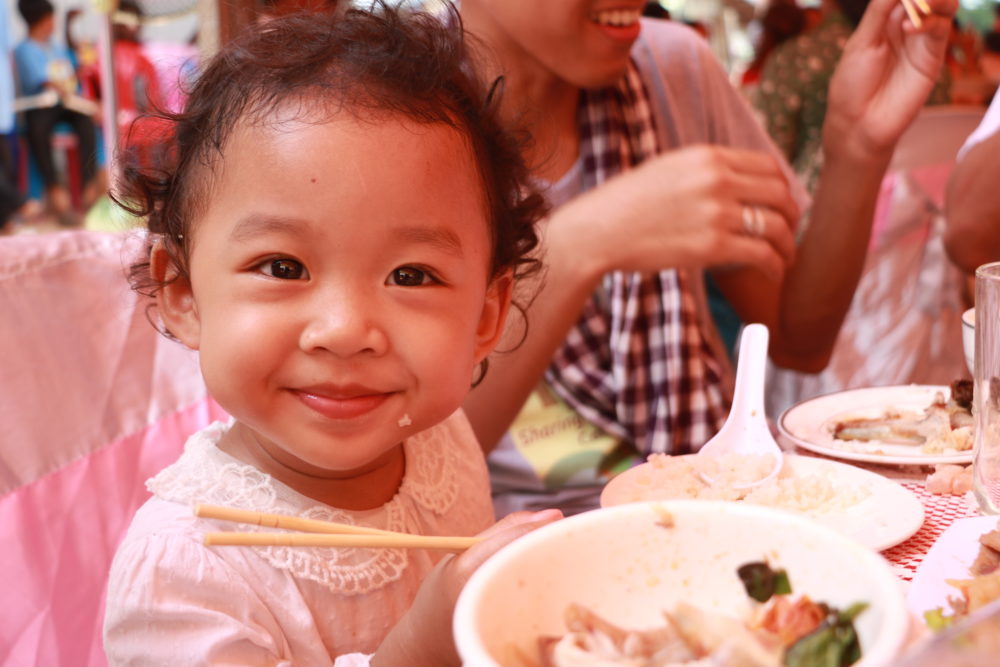
(Siem Reap, Cambodia – photo courtesy of Chel Cue)
3. Pack light and functionally. This tip applies to all, especially if you have a baby. Bring only the essentials: a first aid kit, toiletries in small packaging (avoid plastic sachets if you can!), enough clothes that are functional #ootd wear, adapters for sockets, and if going abroad, money in local currency and USD. Bring baby’s medical records (you can regularly update this in your phone) too, in case of emergency. A handy book or toy that she loves will keep your little one entertained. For long international trips, look for a child-friendly airline. If your money permits, find one that has a nanny-on-board and gives activity kits for children.
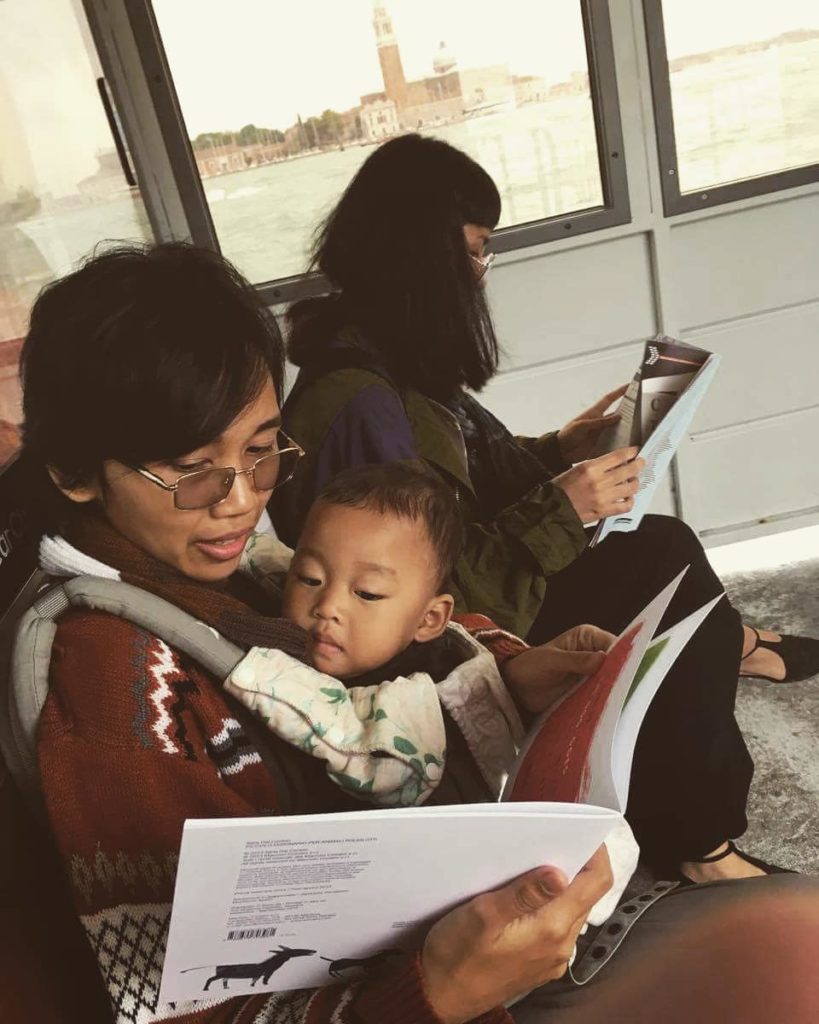
(Venice, photo courtesy of Issay Rodriguez)
Do you know that safe babywearing can actually help you save on baggage concerns? Although some airlines permit properly stored strollers on board, it will be much less of a hassle if you can go hands-free. Research on airline policies and airports – they might actually have loaner strollers for use while at the airport! Of course there’s the cleanliness issue to consider, but the plane travel itself is more to be worried about. You can opt to clean the stroller with alcohol and/or a UV steriliser. Again, it’s just an option in case you want to use a stroller and you did not bring any.
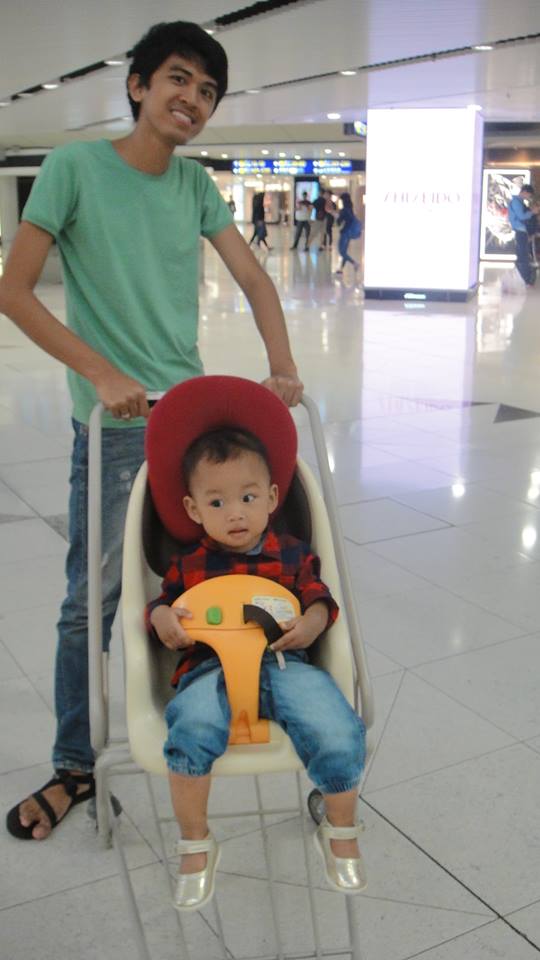
(Qatar, photo courtesy of author)
4. Appreciate what’s free. You do not have to visit every recommended “places to visit” on the internet. If the destination is a top recommendation, going there often costs a lot – money, time, social energy, and sometimes, an increased risk of contracting diseases. If you want to go the less traveled path, walk around the neighborhood, visit churches for their architecture, go to the plaza and watch birds on the pavement. There are countless things to do with your children! It also teaches your children about the local culture.
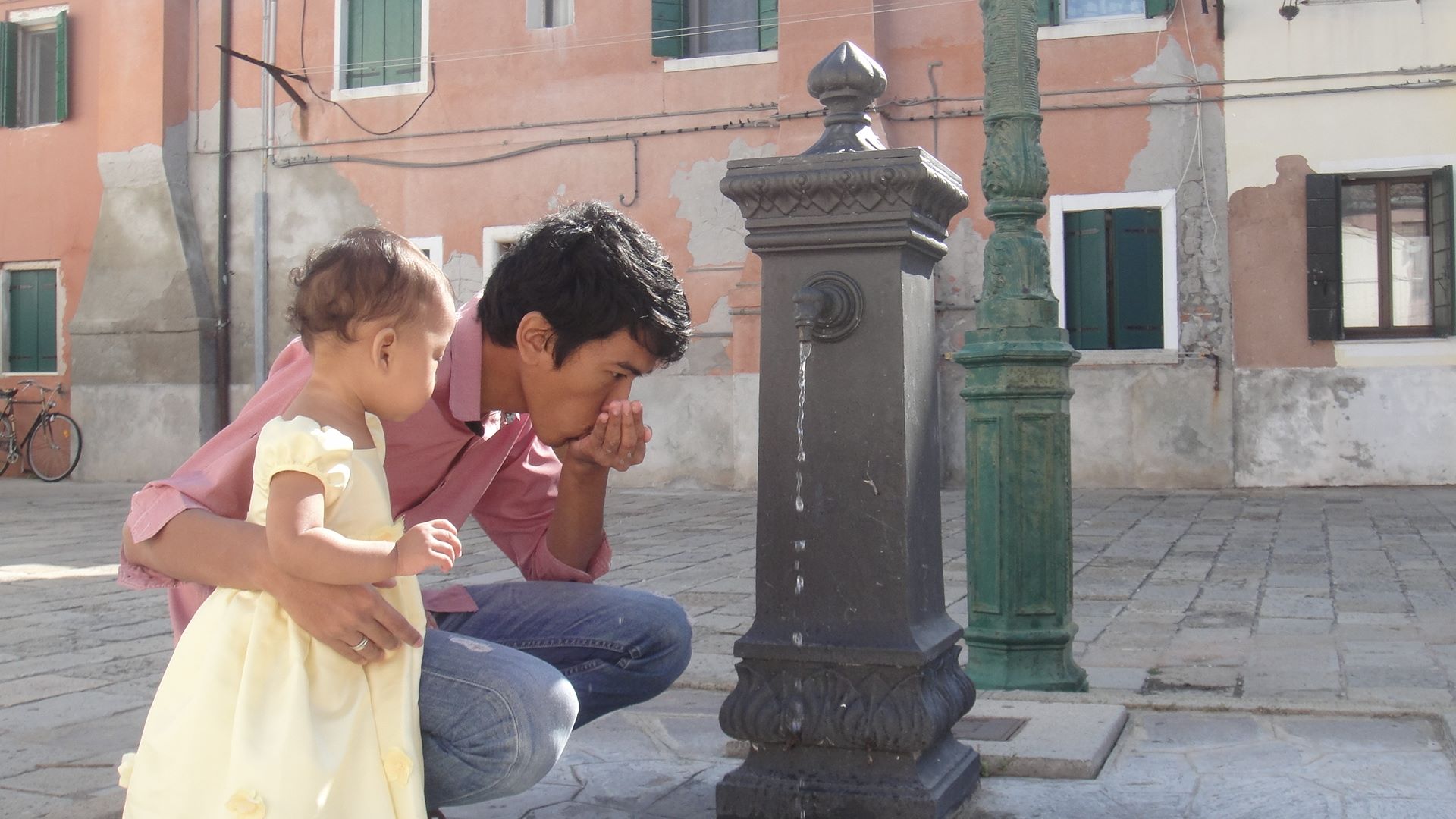
free drinking water around Venice!
5. Keep your child safe. While we want to experience novelty while in a new place, avoid being a flashy tourist. If you can, try to blend in with the locals as to avoid any untoward incident. Your baby’s safety should be your top priority. Babywearing can help you minimize worrying about your baby. When going out on a tour, try to minimize the things you are bringing so you can focus on your child. If you are letting your child on a stroller, lock the wheels when you are not on the move and never leave him/her unattended. Let your child wear an ID (a small dog tag) with his/her name and your contact details. This will become handy in case s/he gets lost.
Avoid posting solo photos of your child, including real time location, on social media in public mode. This might lead to dangers, such as digital kidnapping.
6. Take and post photos, but in moderation. It is true that some visits are once-in-a-lifetime. Even if you visit the same place twice, the experience is not the same. Photos are frozen stills of one moment you cannot repeat. But choose if you would want to be in the moment with your child or be busy updating your social media.
Build memories together: Talk to your child while going around the place. Discover new things together. Hear mass together, even if it’s in another language. You can even just look at him/her enjoy moments, even in silence.
7. Lastly, be confident!
Nothing makes the trip more enjoyable than having a confident parent take the lead! Children, especially babies, can sense if you are worried and nervous. There is a great chance they might act out, leaving you to abandon your itinerary and just stay in your accommodation. Well, in case that happens, do not beat yourself up about it. Be kind enough to tell yourself that you tried and that next time would be a greater travel experience.
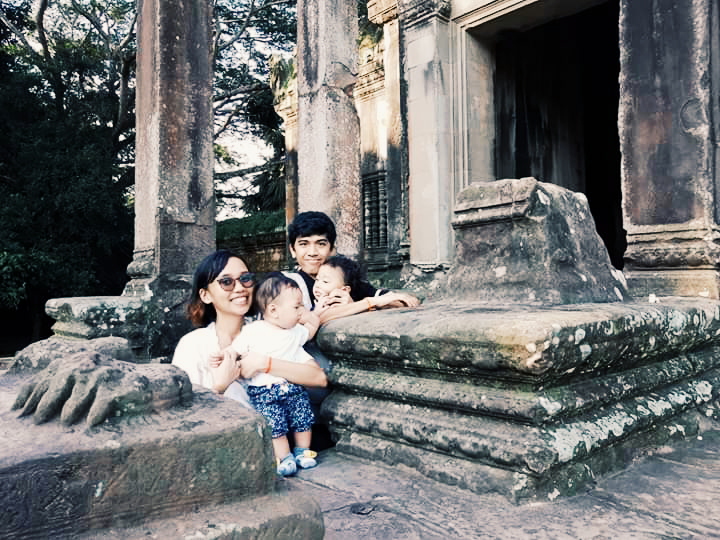
Photo by Kaye dela Rosa (CSB)
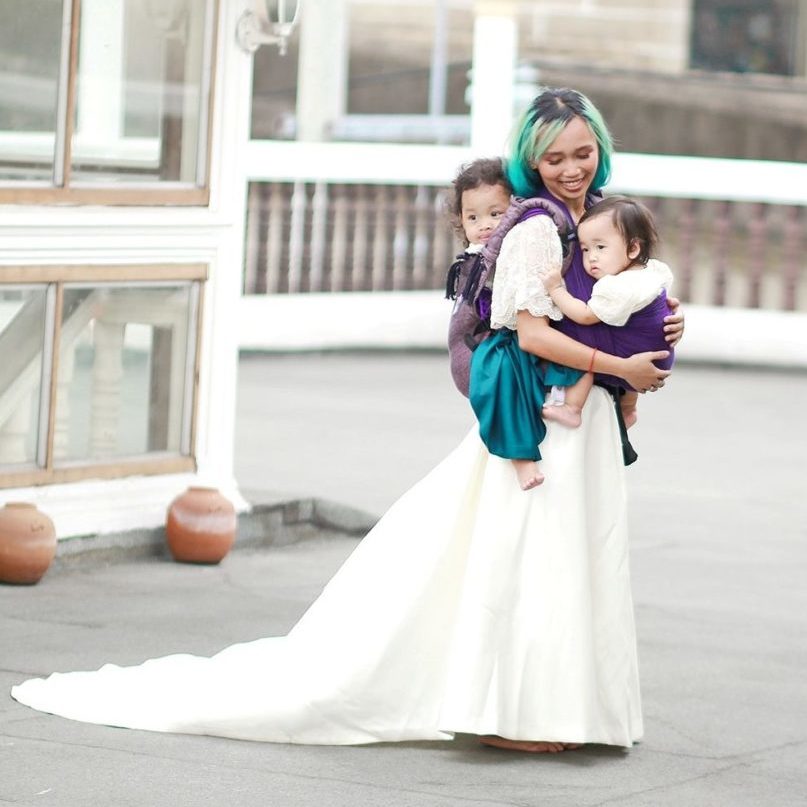
Anna Patricia Rodriguez-Carranza, Mama Pat for short, spends her 24 hours divided among her children and husband, research and teaching, volunteer work on Music Education and motherhood support system, babywearing and attachment parenting advocacy through blogging, and self-care. She does not know how she is able to do all these, but she is sure of guidance from Above.

